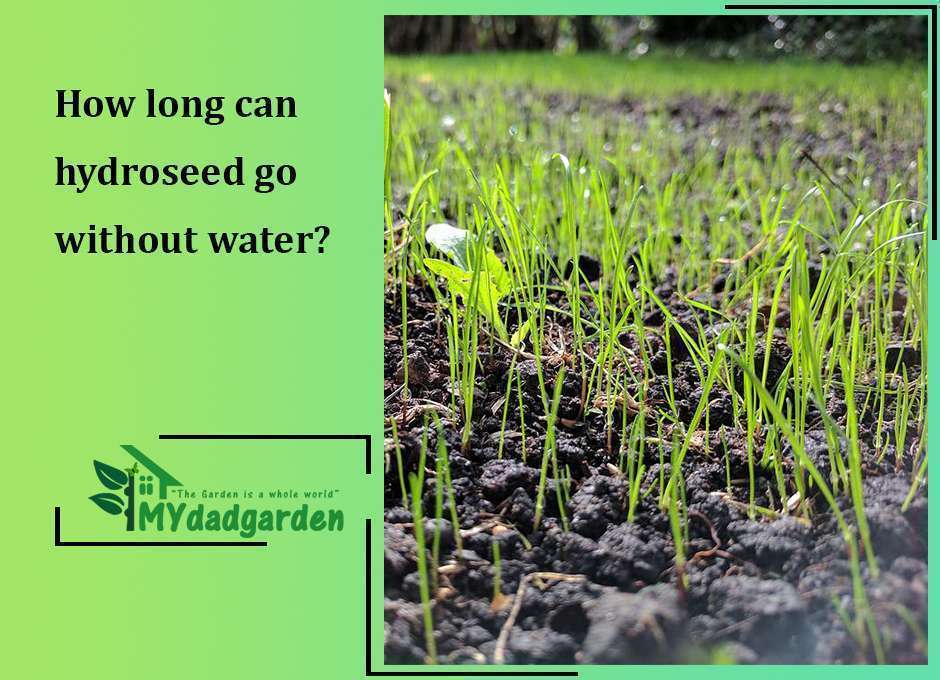How to Keep Gravel in Place on Your Driveway?
When you have a gravel driveway, it is essential to take steps to keep the gravel in place. The driveway can become muddy, slick, and challenging to use if you don’t.
This blog post will discuss how to keep gravel in place on your driveway. We will cover everything from preparing the surface before laying down the gravel to maintaining the driveway once it is installed.
Table of Contents
How to prepare the driveway surface before laying down the gravel?
The first step is to prepare the surface before laying down the gravel. It would help to make sure that the surface is level and free of debris. If there are any bumps or holes in the surface, they will need to be fixed before you can lay down the gravel.
Once the surface is prepared, you can lay down the gravel. You will need to spread it out evenly across the surface. Ensure that you do not put too much or too little rock in one area. Once you have laid down the gravel, you can use a tamper to compact it into place.
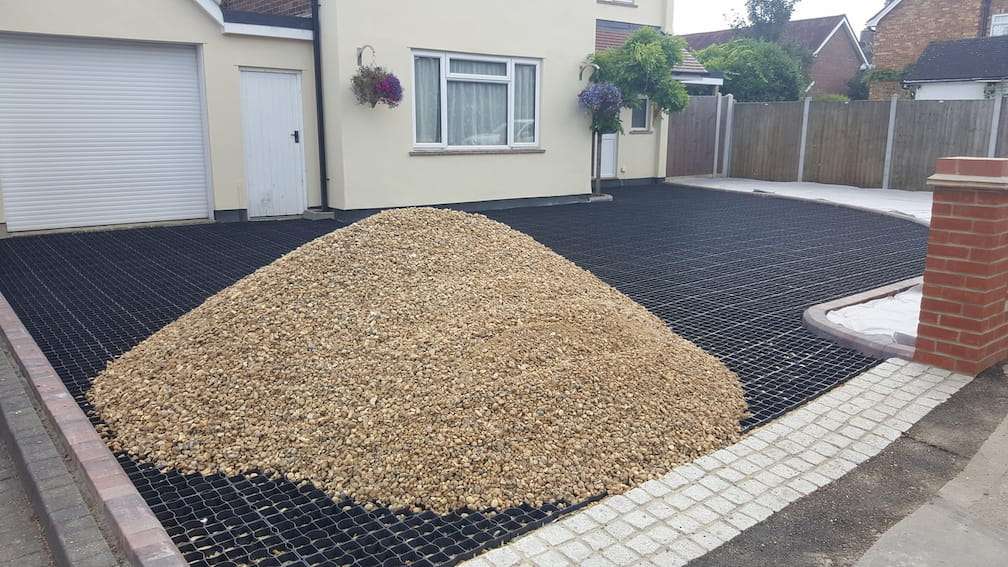
Tips to Keep Gravel in Place on Walkways and Driveways
- Use a border to keep the gravel in place. A border can be made from landscape timbers, bricks, or concrete blocks.
- Spread a layer of sand over the top of the gravel before putting down your walkway or driveway. The sand will help to keep the gravel in place.
- Regularly rake and fluff up the gravel to keep it from getting compacted.
- Use a weed barrier fabric underneath the gravel to help prevent weeds from growing.
- If necessary, use a stabilizing agent such as polymeric sand to help keep the gravel in place.
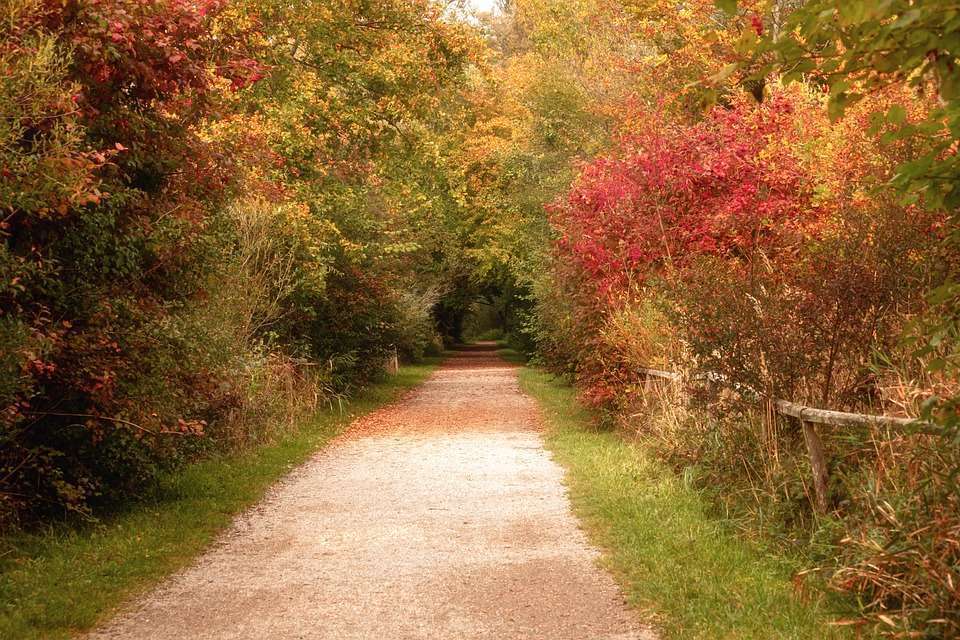
Proven Methods for Keeping Gravel in Place on a Slope.
One way to keep gravel in place is to use edging. Edging can be made of plastic, metal, brick, or stone. It is installed around the perimeter of the gravel area. The edge will hold the gravel in place and prevent it from spilling onto the lawn or driveway.
Another way to keep gravel in place is to use a grid system. A grid system is a series of interlocking panels that are installed on the ground. The gravel is then placed on top of the grid system. The grid system will keep the gravel in place and prevent it from shifting or moving around.
Yet another way to keep your gravel in place, especially on a slope, is to use landscaping fabric. Landscaping fabric is a type of material that is placed on the ground before the gravel is added. The fabric will help keep the gravel in place and prevent it from moving around or shifting.
You can also use a combination of these methods to keep your gravel in place. Using edging, a grid system and landscaping fabric will help to ensure that your gravel stays in place. Gravel is a great way to add texture and color to your landscape, so it’s essential to ensure it is appropriately secured.
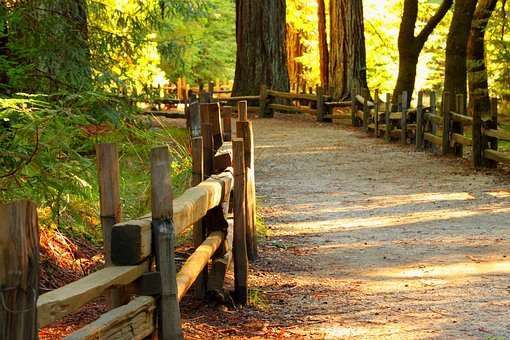
Why is Your Gravel Sliding Downhill?
There are several reasons why your gravel may be sliding downhill.
Gravel not appropriately installed.
The most common reason is that the gravel was not properly installed. If the gravel isn’t compacted well, it will gradually move downhill over time. So, if you’re noticing that your gravel is slowly getting lower and lower, it’s probably because it wasn’t properly installed, to begin with.
The wrong type of gravel was used.
Another common reason is using the wrong type of gravel. Different types of gravel have different degrees of hardness, and some are more prone to sliding than others.
Some of the best gravel types you can use for a downhill slope are river rock, crushed granite, and limestone.
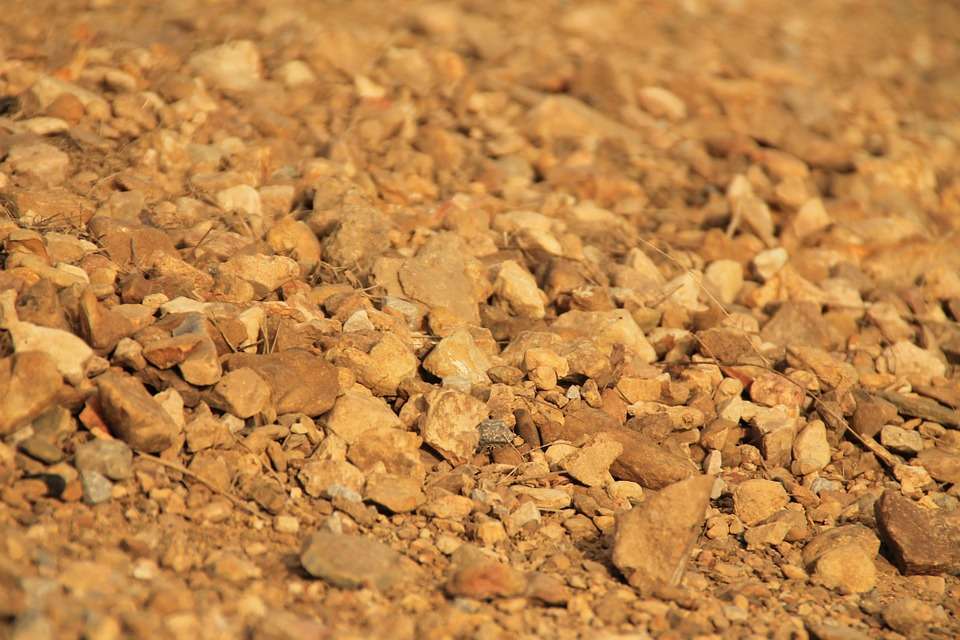
Water runoff.
Another possible reason is water runoff. If there’s a lot of rainfall in your area, or if the slope is particularly steep, rainwater can wash the gravel away. To combat this, you can try installing a drainage system or adding a layer of mulch on top of the gravel.
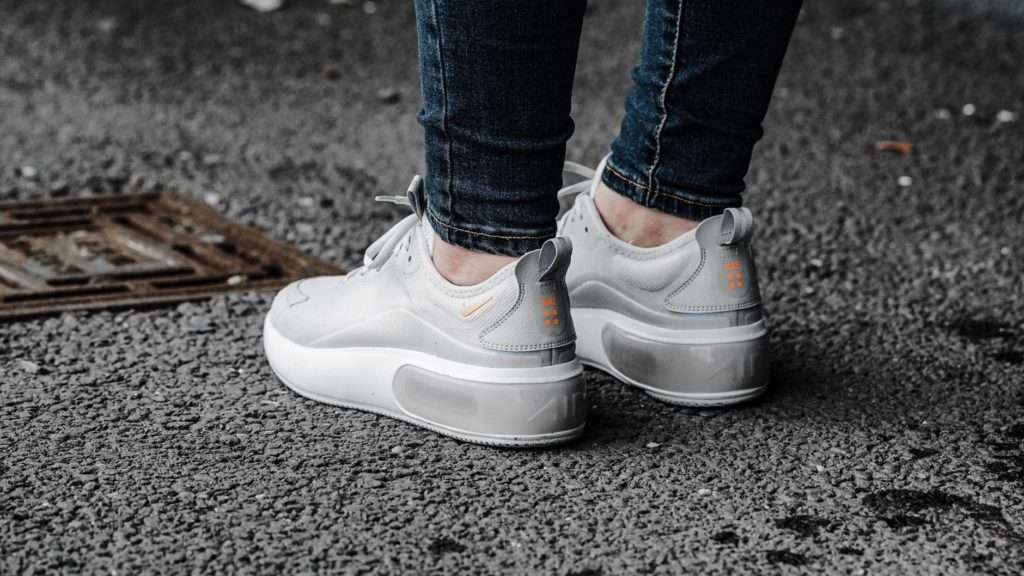
Excessively steep slope.
Finally, if the slope is excessively steep, then it’s simply more likely that the gravel will slide down. In this case, you might want to consider installing a retaining wall or terracing the slope to make it more manageable.
Hopefully, this article has helped you to understand why your gravel is sliding downhill.
How do you bind a loose gravel driveway?
To bind a loose gravel driveway, you can use tar or gravel sealant.
Tar will make the surface more durable and resistant to weathering, while gravel sealant will help keep the gravel in place. Whichever method you choose, be sure to apply it evenly and cover all exposed gravel. Otherwise, your driveway may soon become a mess.
How to use gravel sealant for driveways?
Gravel sealant is easy to apply and can be found at most hardware stores. Spread it over the gravel surface and use a brush to work it into the crevices. Once you’ve applied an even layer, allow the sealant to dry for 24 hours before driving on the driveway. This will give it time to bind the gravel together and form a durable surface.
If you’re looking for a more permanent solution, you can use tar to bind the gravel. Tar is more resistant to weathering and will last longer, but it can be challenging to apply evenly.
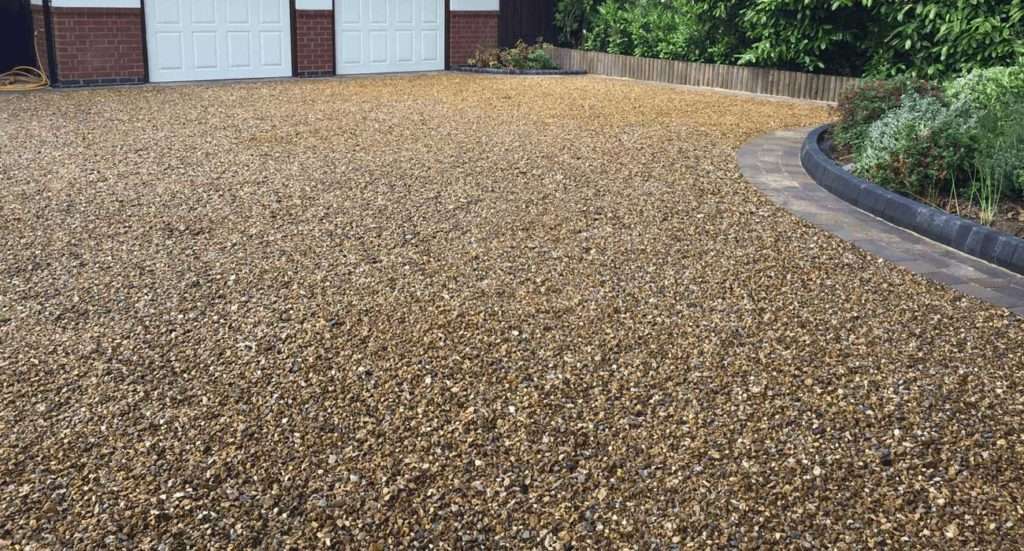
FAQ
How do you stop gravel from moving on a slope?
One way to stop gravel from moving on a slope is to install retaining walls. Retaining walls are structures that hold back soil or gravel and prevent them from sliding down the hill.
Another way to stop gravel from moving is by using a filter fabric. Filter fabric is a type of netting that is placed over the gravel driveway surface. The fabric helps keep the gravel in place and prevents it from washing away.
Can you sprinkle cement over gravel?
Yes, you can sprinkle cement over gravel to create a driveway. However, you will need to compact the gravel and cement mixture to ensure sturdy enough to support vehicular traffic.
Previous Article: The Best Natural Phosphorus for Plants: How to Get the Most Out of Your Soil






